Managing an InnerSource Program
Intermediate GitHub Concepts

Stan Konkin
ML Enthusiast, DataCamp
Introduction to Open Source Projects
- 🔓 Open Code: Anyone can use and improve it
- 👥 Global Collaboration: Developers contribute worldwide
- ⚡ Continuous Innovation: Driven by community needs

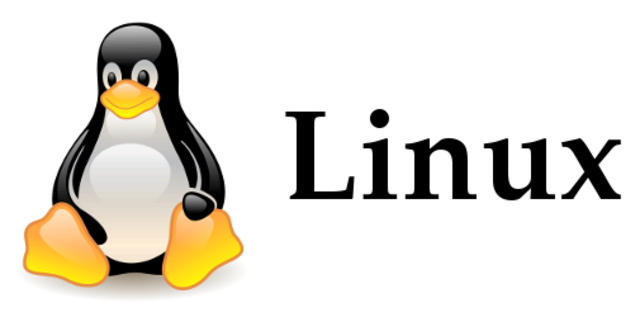
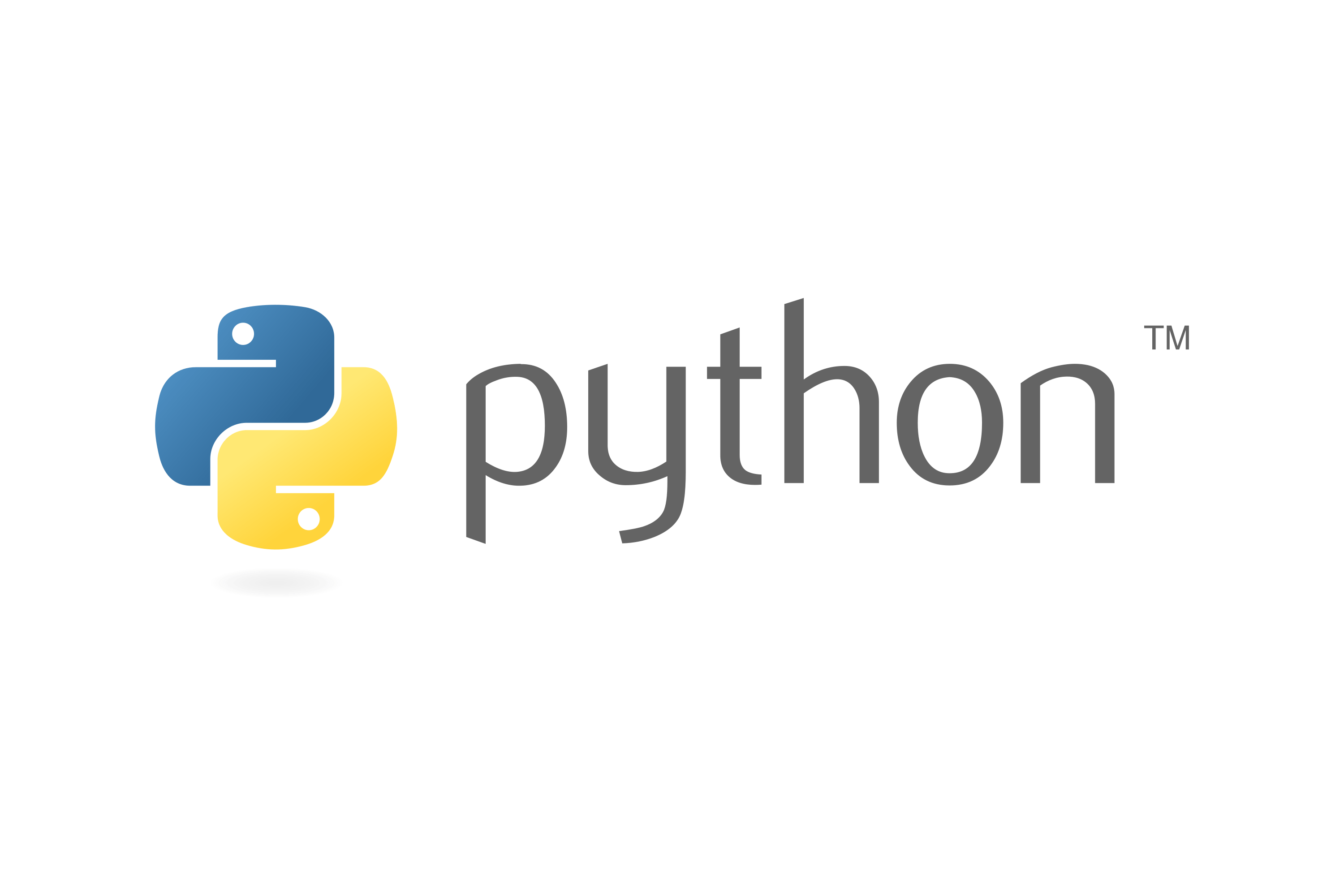
Benefits of Open Source Projects
- 🚀 Rapid Innovation: Progress through diverse input
- 🛠 High Quality: Peer-reviewed, reliable code
- 🌎 Global Access: Free tools for everyone
- 🔥 Strong Community: Enhanced collaboration and solutions
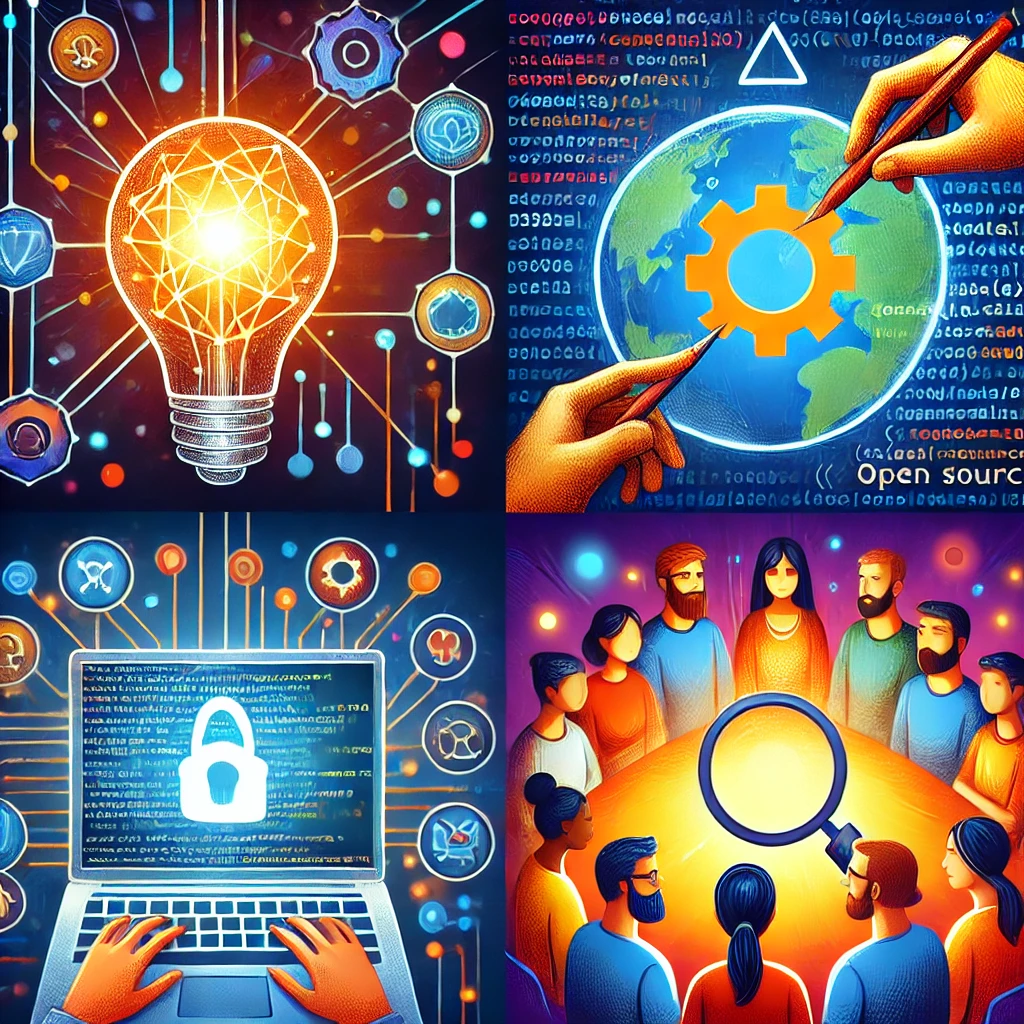
Making Open Source Contributions
- 💻 Contribute: Add features, fix bugs, improve docs
- 👨💻 Skill Growth: Boost your technical expertise
- 👤 Build Reputation: Gain recognition in the data community
- 👥 Collaborate Globally: Work with experts, impact key tools
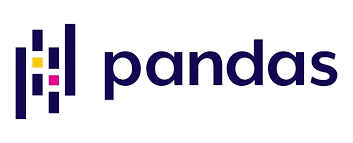

Transitioning to InnerSource
- ⚙ InnerSource: A development model for internal collaboration
- 👨💻 Enhance Collaboration: Boost teamwork and sharing
- 👤 Ensure Transparency: Keep projects open to all teams

InnerSource Overview
- 💻 Applying open-source practices internally
- 👥 Transparency, collaboration, shared ownership
- 🛠 Internal repos, standardized contributions with templates

Internal Repositories
- 🛠 Repo Types: Choose private, public, or internal
- 👥 Internal Repos: Auto-read access for all org members
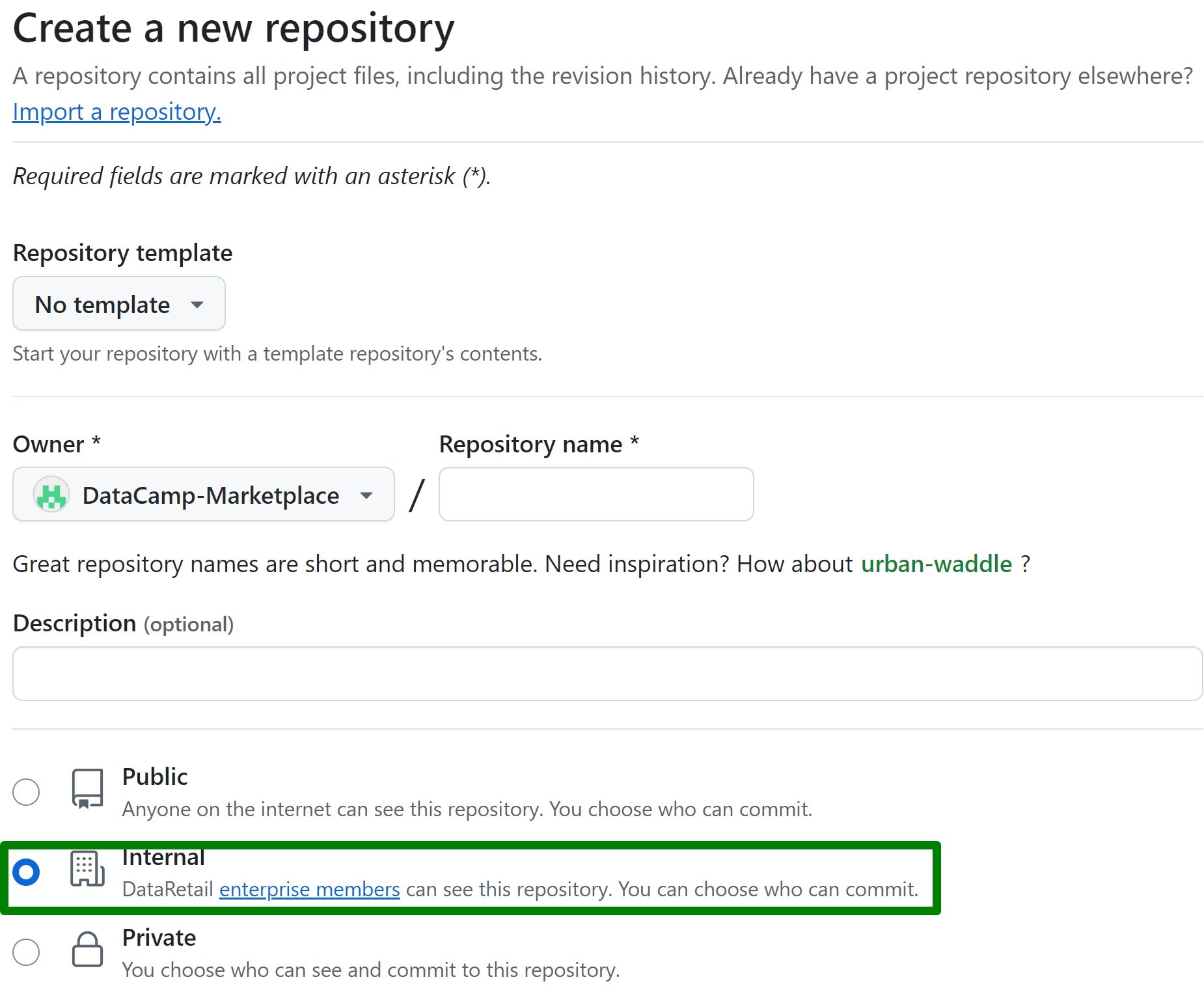
Changing Repository to Internal
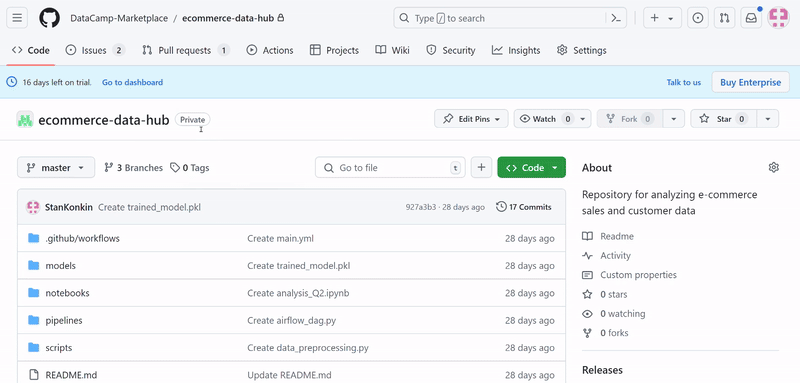
Repository Titles and Templates
- 📃 Clear Titles: Use descriptive names like
data-pipelinesorml-models - 📝 Issue Templates: Standardize issue reporting
- 📄 PR Templates: Guide how changes are submitted

Setting Up Templates

Creating PR and Issue Templates


Using Issue Templates
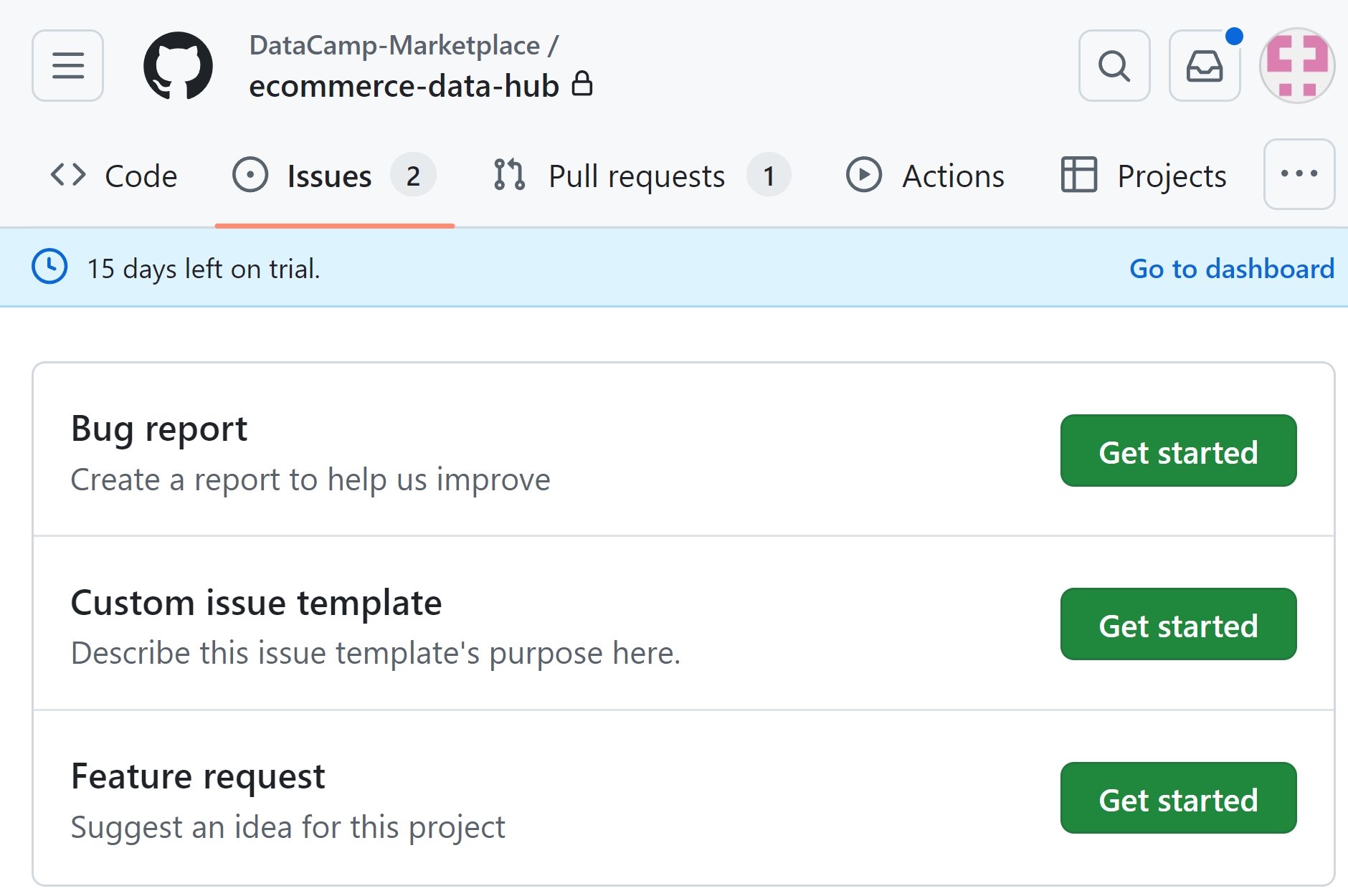
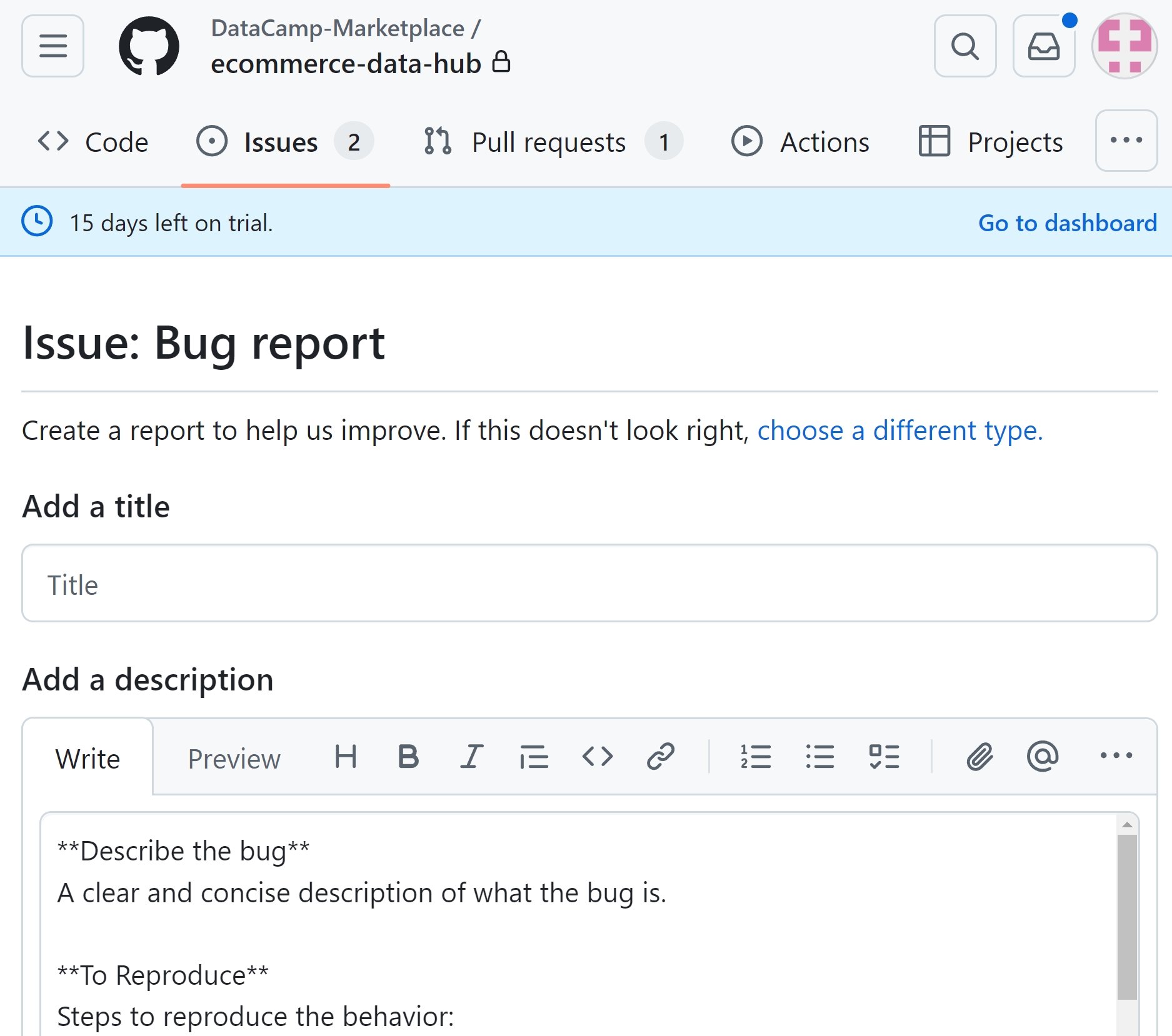
Limitations and Challenges of InnerSource
- ⚠ Resistance: Teams may prefer traditional methods
- 🔒 Security: Risk of exposing sensitive data
- 🔧 Governance: Needs strong policies
- 📊 Resources: Requires extra resources and training

Let's practice!
Intermediate GitHub Concepts

